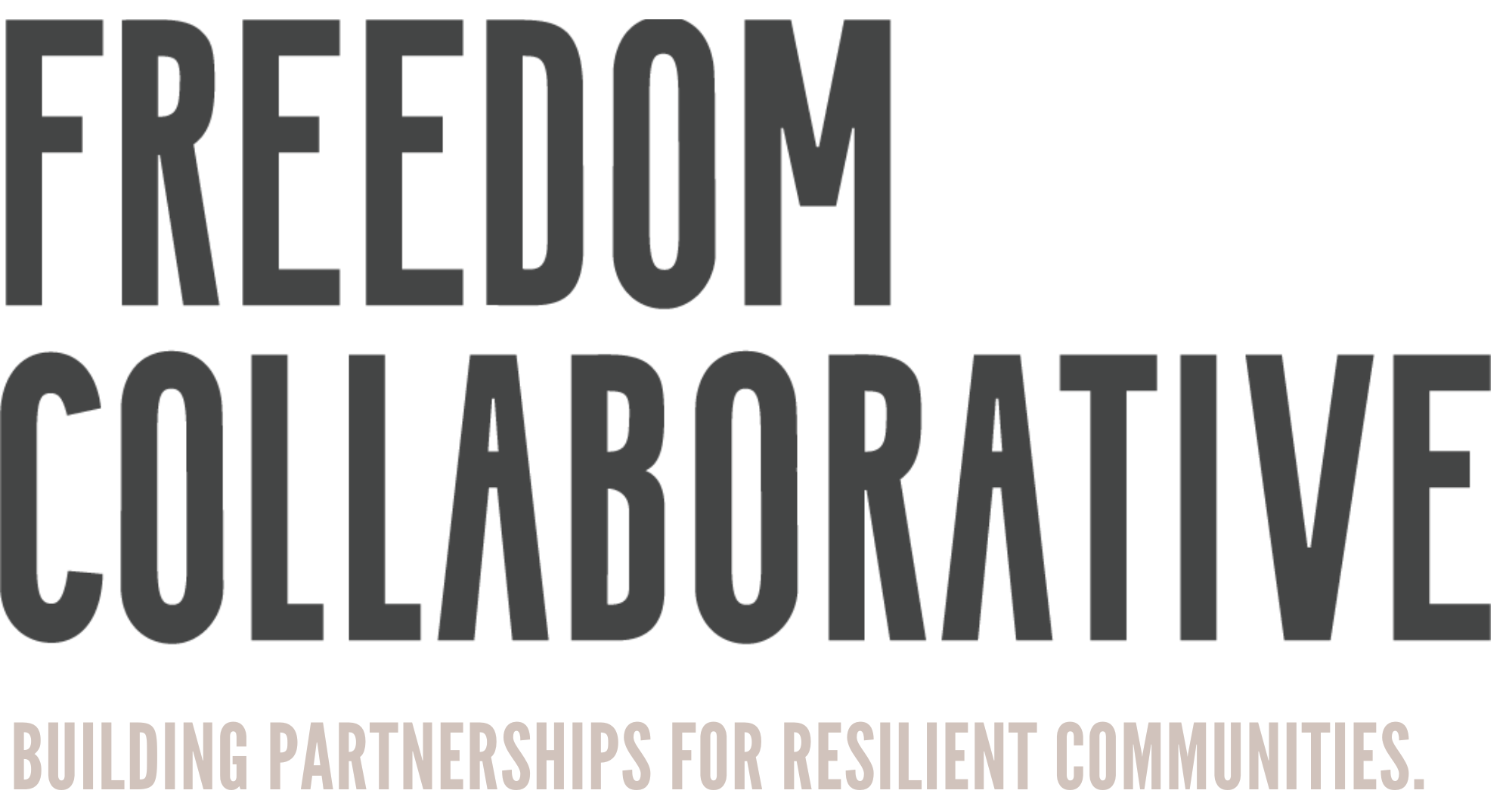CSOs observe shifting demographics among trafficking victims in the Asia region
At the Asia Region Anti-Trafficking Conference this month, representatives from Vietnam, Cambodia, Thailand, India and Indonesia discussed shifting trends witnessed in recent years, highlighting changing demographics of trafficking victims as well as examples of promising cross-sector partnerships.
Image credit: A21
In a discussion on recent trends during the Asia Region Anti-Trafficking Conference, panelists shared figures illustrating an increase in the numbers of victims as well as a shift in demographics of victims in the post-pandemic context, with rising inflation and rising costs of living.
According to Blue Dragon in Vietnam, the number of victims they’ve helped rescue has doubled in recent years, and they’ve observed a growing proportion of men and boy victims. Pre-COVID, 93% of their rescues were women and girls, mostly trafficked into forced marriages in China. Now women and girls make up 76% of the cases, indicating a growing percentage of male victims. A21 confirms that they are also witnessing a rise in trafficking, forced marriage, online exploitation, and forced criminality, with men aged 18-25 becoming a growing demographic (46%). Meanwhile, they’ve witnessed an increase of confirmed victims of trafficking who nonetheless were prosecuted for crimes committed while trafficked or exploited. According to A21’s Thailand Impact Report, there was also a rise in defamation cases against survivors for pursuing legal cases against their traffickers. In the Cambodia Impact Report, A21 also shared that 33.3% of survivors in their aftercare program had been arrested for immigration violations in 2021.
As A21 explains, Cambodia used to be a source country and now is also becoming a destination country. The largest demographic of A21’s Cambodian caseload is children under 13, at 38% of their aftercare cases. As more children have gained access to the internet due to the pandemic, they’ve seen a concomitant increase in child online sexual exploitation material. Boys especially are becoming prone to sextortion, leading to an rise in death by suicide. Anecdotally, Blue Dragon has seen a doubling of children coming to Hanoi to work. At least 60% of the children they’ve met showed signs of trafficking or forced labor, which they say is new.
Another demographic shift is in the ethnic makeup of the victims rescued. Ethnic minorities used to comprise 50% of Blue Dragon’s cases, despite representing only 15% of the population in Vietnam. Now, more King majority Vietnamese victims have been identified, indicating that vulnerability is spreading beyond marginalized populations, as “more people have to take higher risks in search of work.” Both organizations link increased trafficking vulnerability to financial stress caused by the economic effects of COVID, compounded by inflation, and lingering repercussions still experienced today. According to Blue Dragon, manufacturers say that layoffs in 2022-2023 have been worse than during COVID due to the lack of orders coming in. China built a fence along the southern border, helping to prevent some trafficking, but also impacting trade and informal employment across the border, pushing people to seek alternate routes, contributing further to vulnerability.
Both organizations’ research shows that lack of economic opportunity and education fosters an environment ripe for trafficking, producing both victims and perpetrators. In their 2022 Thailand Impact Report, A21 reports that, “many of the traffickers involved across all cases in Thailand had not completed higher education or formal schooling. Some traffickers had families to support.” Blue Dragon’s research also shows that the perpetrators (especially recruiters and transporters) share the same demographics as their victims. These findings raise questions about how to examine the root causes of trafficking more holistically and systemically.
Another topic of discussion included examples of promising partnerships across sectors. For example, according to Utthan, a leader’s collective in India, there is a trend of increasing survivor engagement and a growing number of survivor-led organizations. These organizations have, in recent years, gained more bargaining power both with institutions and within their own communities, advocating for their rights and helping to reduce stigmatization. In their experience, it is possible to negotiate effectively for their needs when they engage with policymakers on an individual level. However, they still need more comprehensive laws to promote widespread progress.
ILO Indonesia, which works to mainstream labor standards in the sea-based sector, offered another example of growing partnerships between all stakeholders, including trade unions, employers, workers and government agencies. For example, they have facilitated inter-agency collaboration between the Ministry of Fisheries and the Ministry of Labor to conduct joint inspections. They helped develop a checklist to detect forced labor, build migrant resource centers in hotspots, and worked with fishing vessel owners to standardize their labor standards.
The doubling of CSO caseloads, combined with the increased vulnerability of groups who previously were not at significant risk of trafficking, are worrisome developments, especially as they’re not all attributable to only the rise of cyber scam centers. More successful partnerships like the examples above and more critical discussions of systemic causes of trafficking are urgently required.
Have You Considered…?
At the Asia Region Anti-Trafficking Conference, a panel discussion with funders provided insights into effective ways to approach potential donors. Imago Dei Fund cautioned against allowing the pursuit of funding to lead to mission drift. A more beneficial approach is to work towards a partnership and relationship of trust with donors whose vision aligns with your organization’s in order to effectively advocate for the logic behind your budgetary choices and needs. Overall, there seems to be an increasing shift toward trust-based philanthropy, indicating that funders are more willing to trust grassroots organizations’ perspectives and ability to decide how best to meet their beneficiaries’ needs.
Share your news
Post your experiences from the field and initiatives to feature





